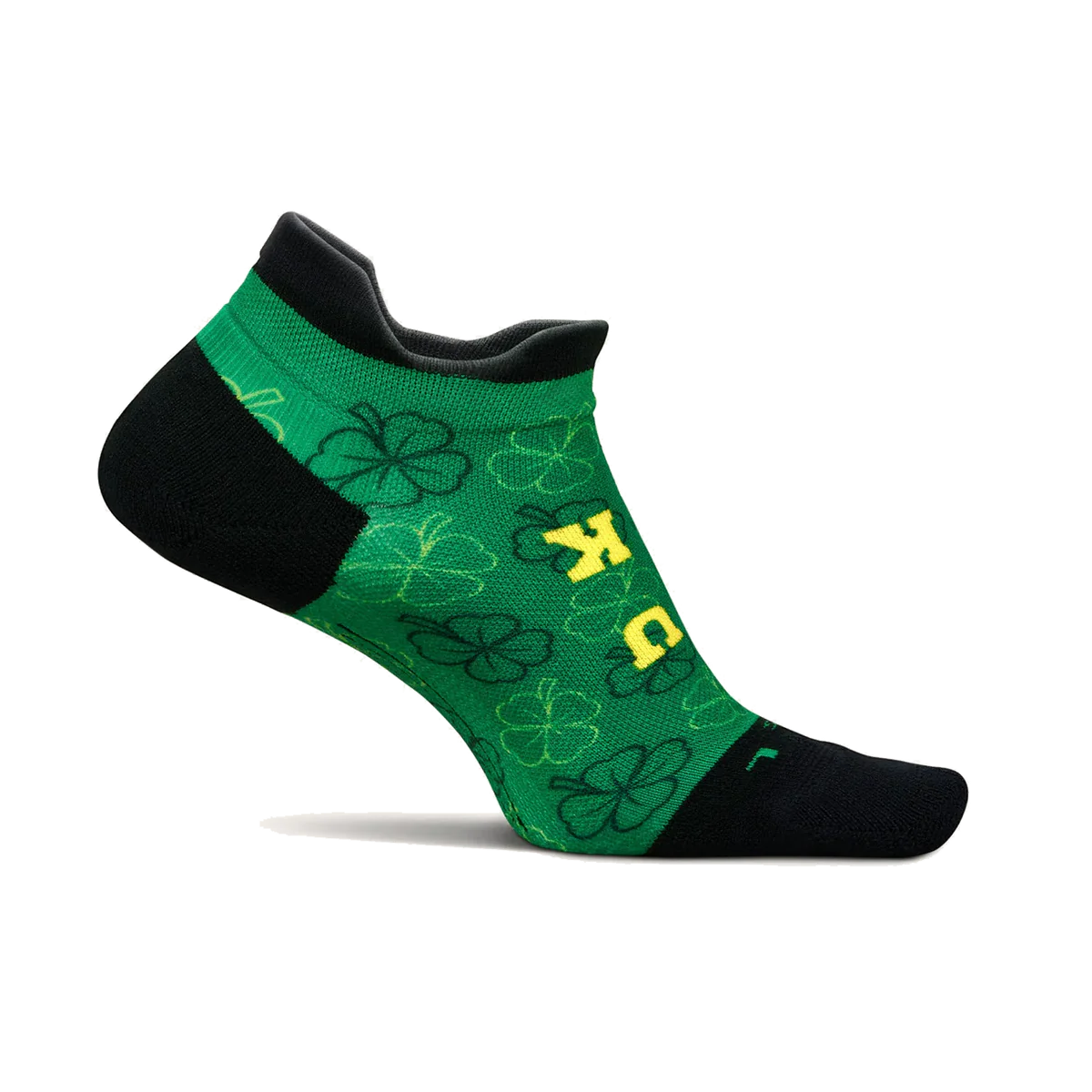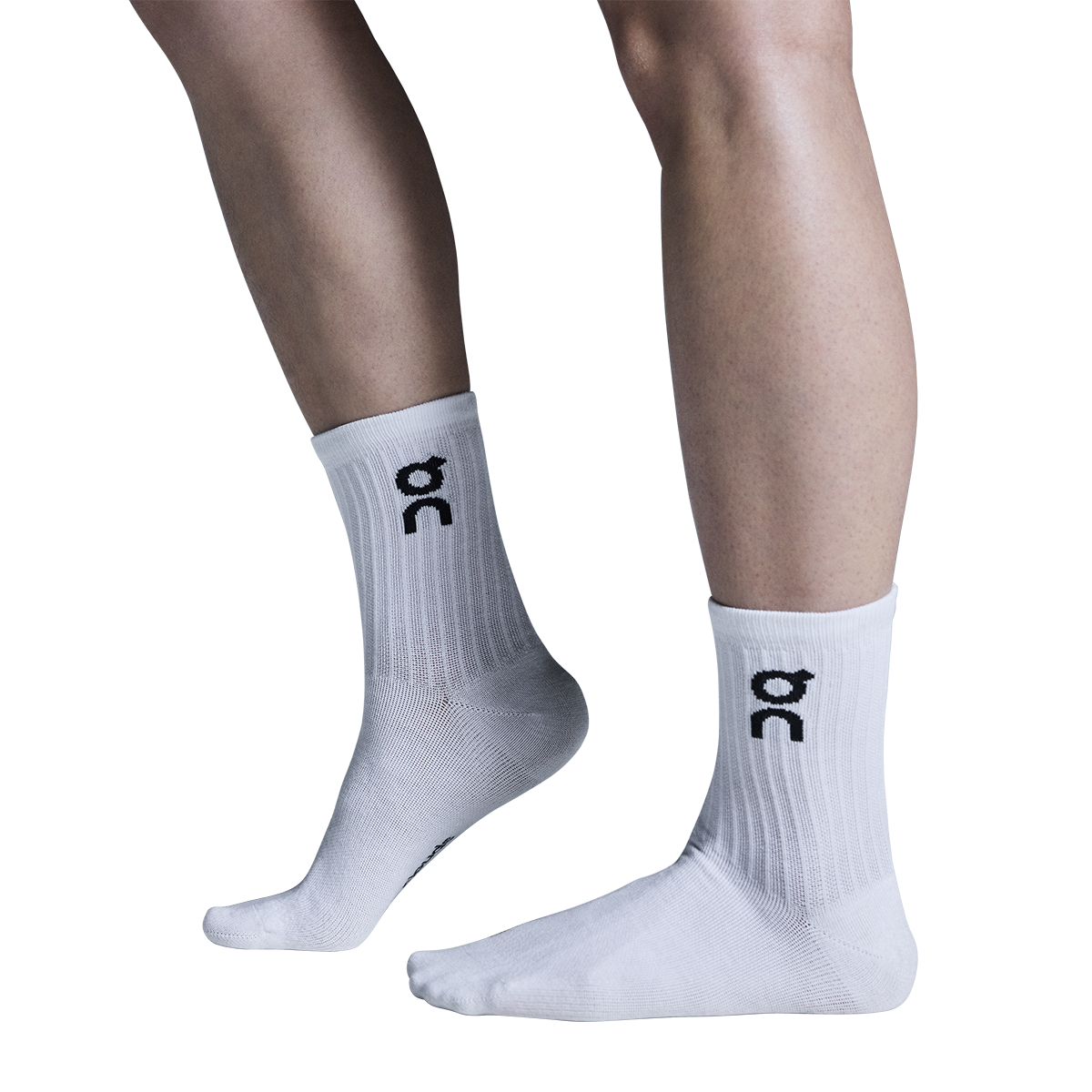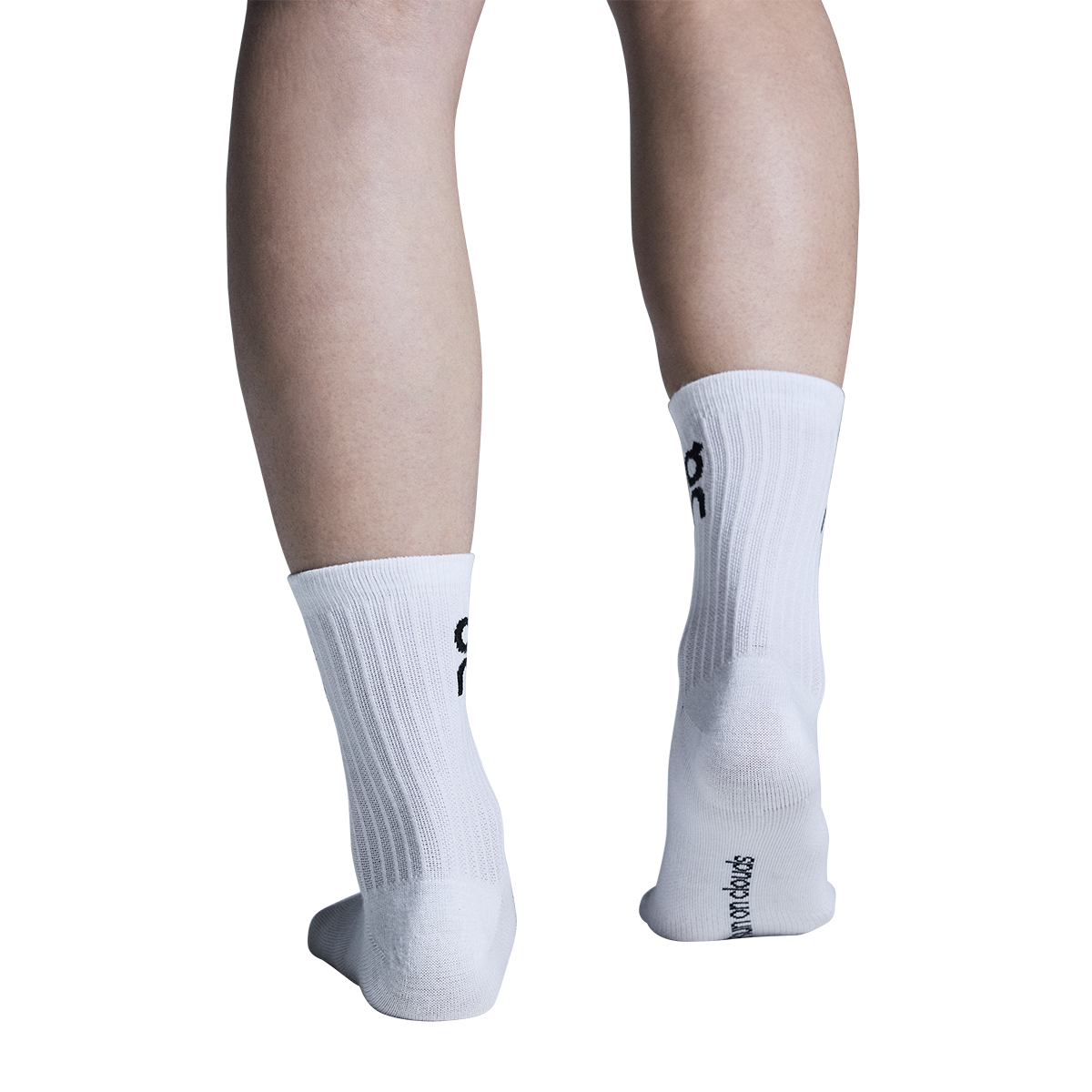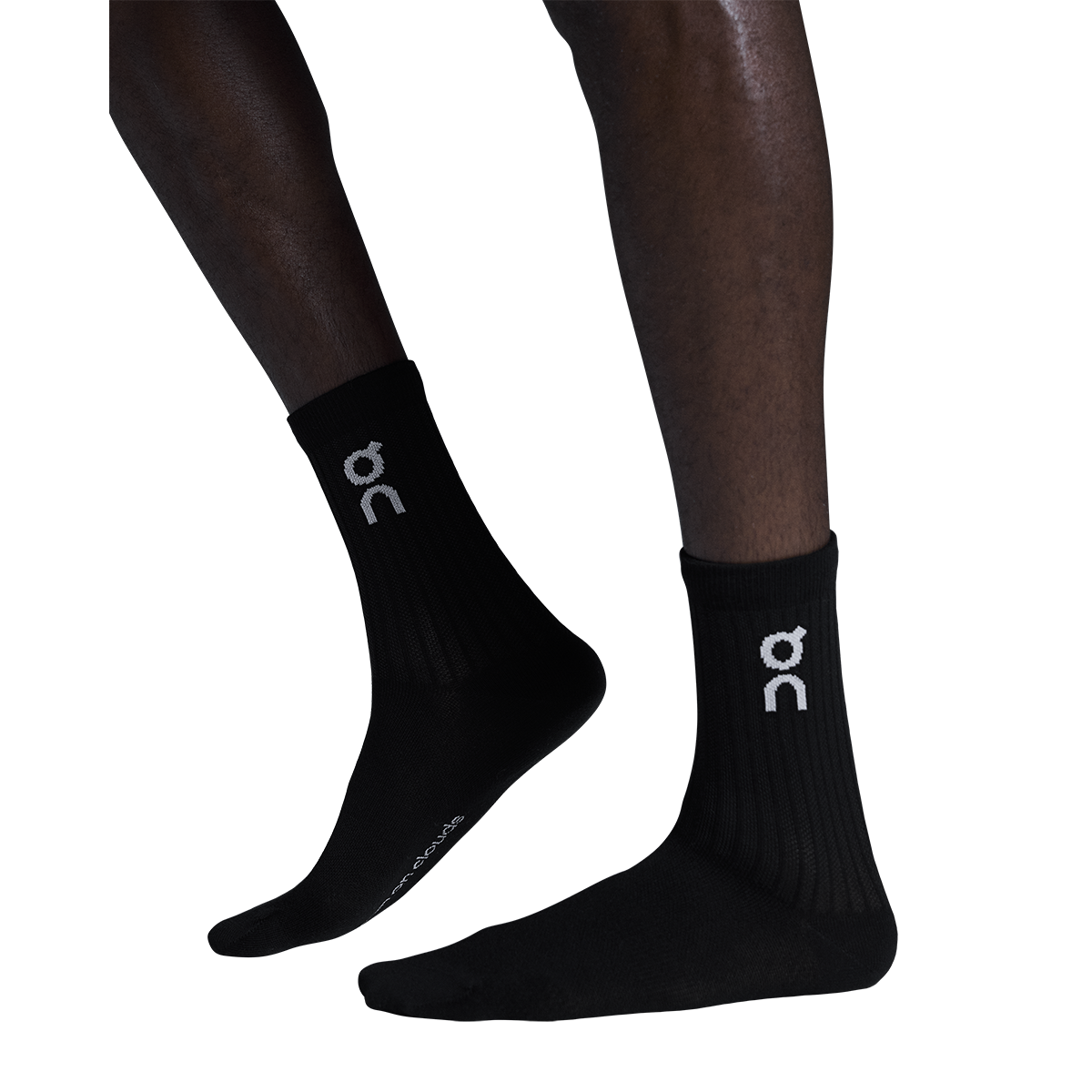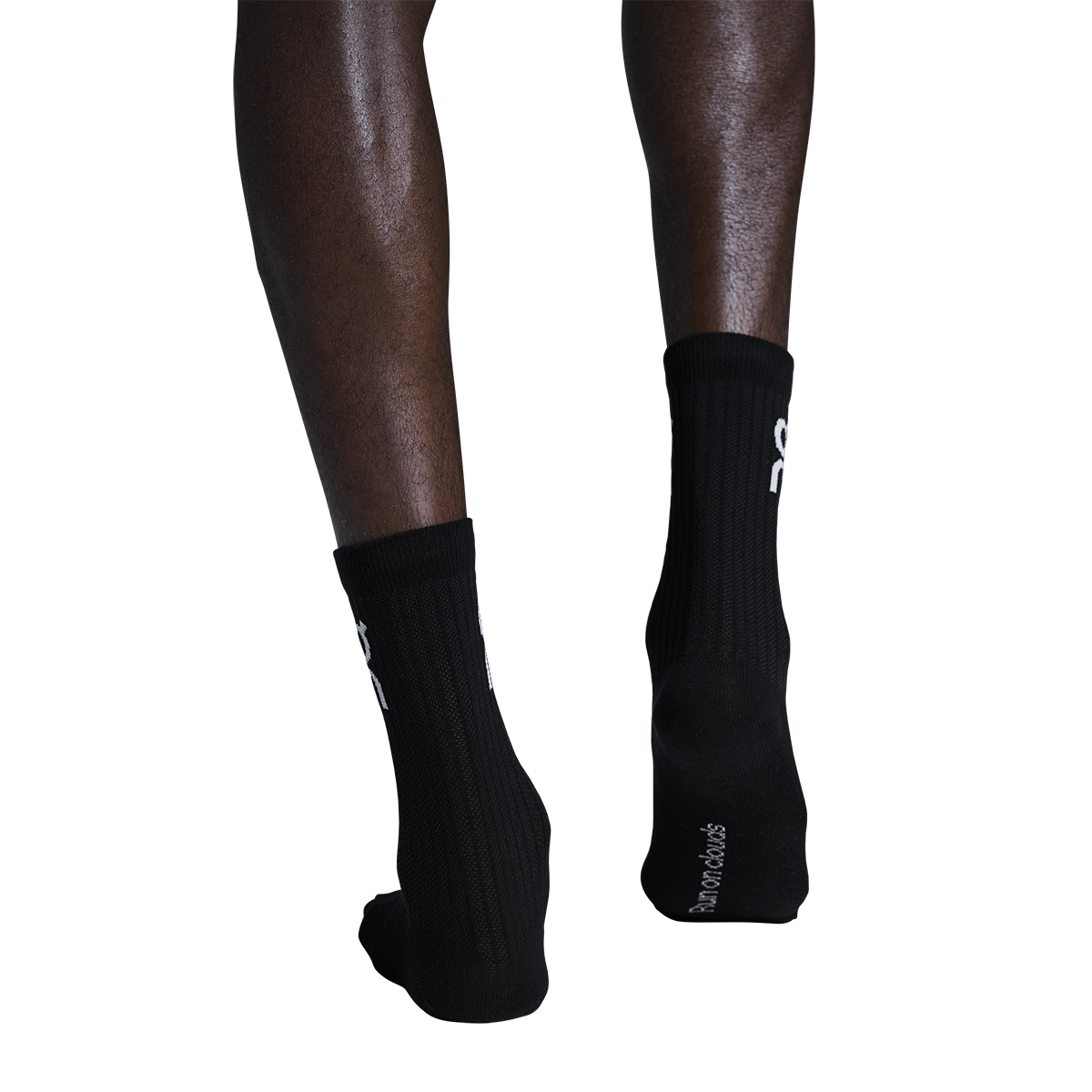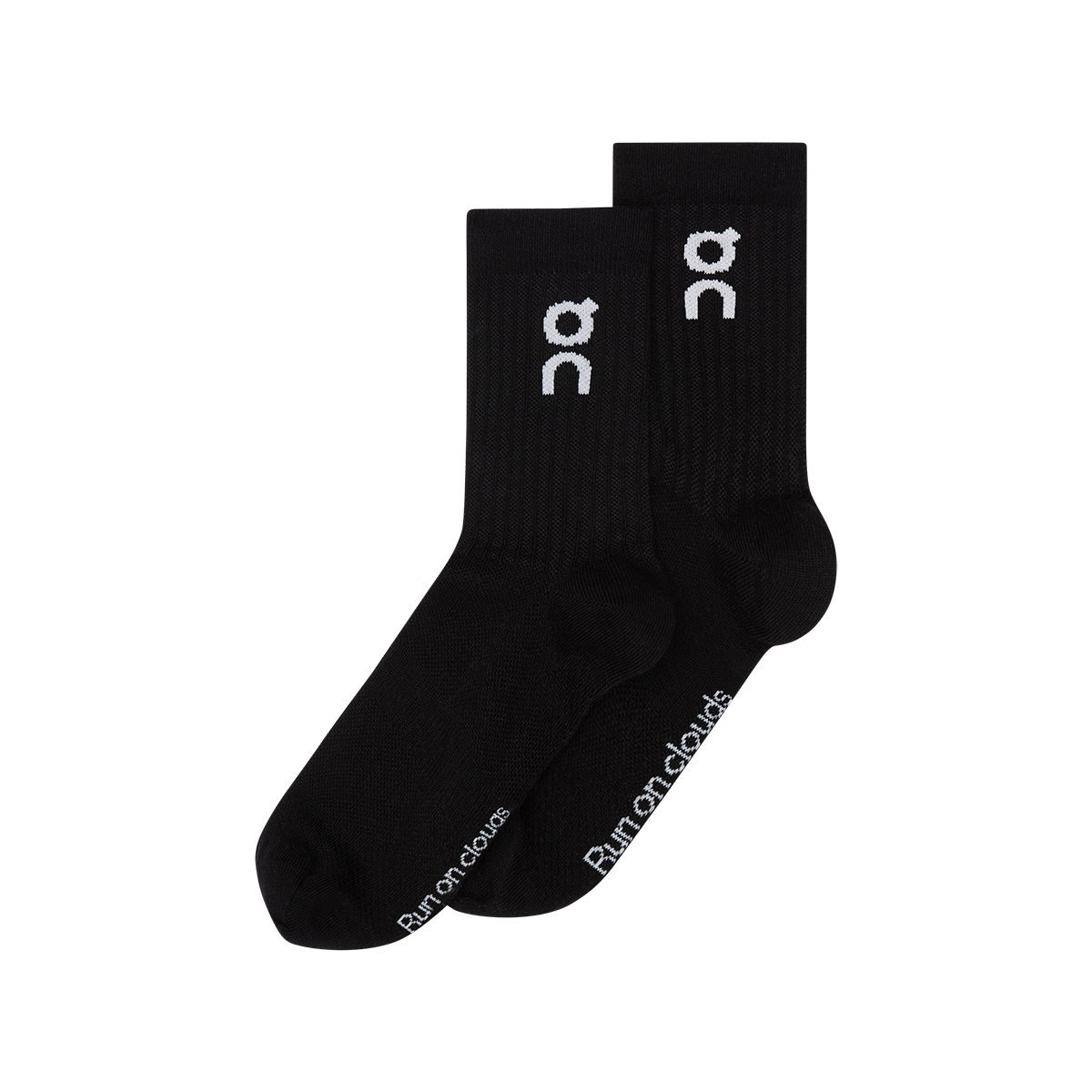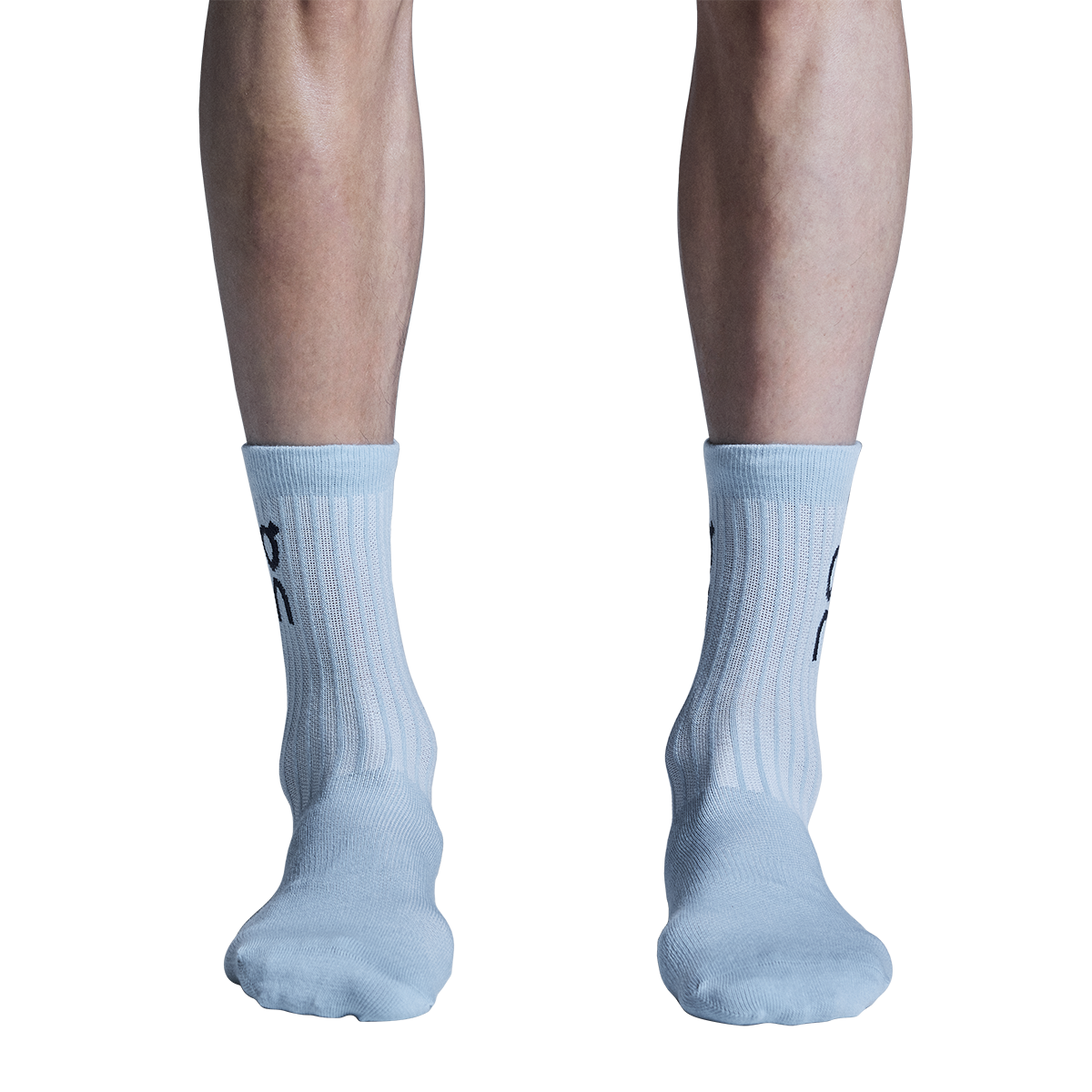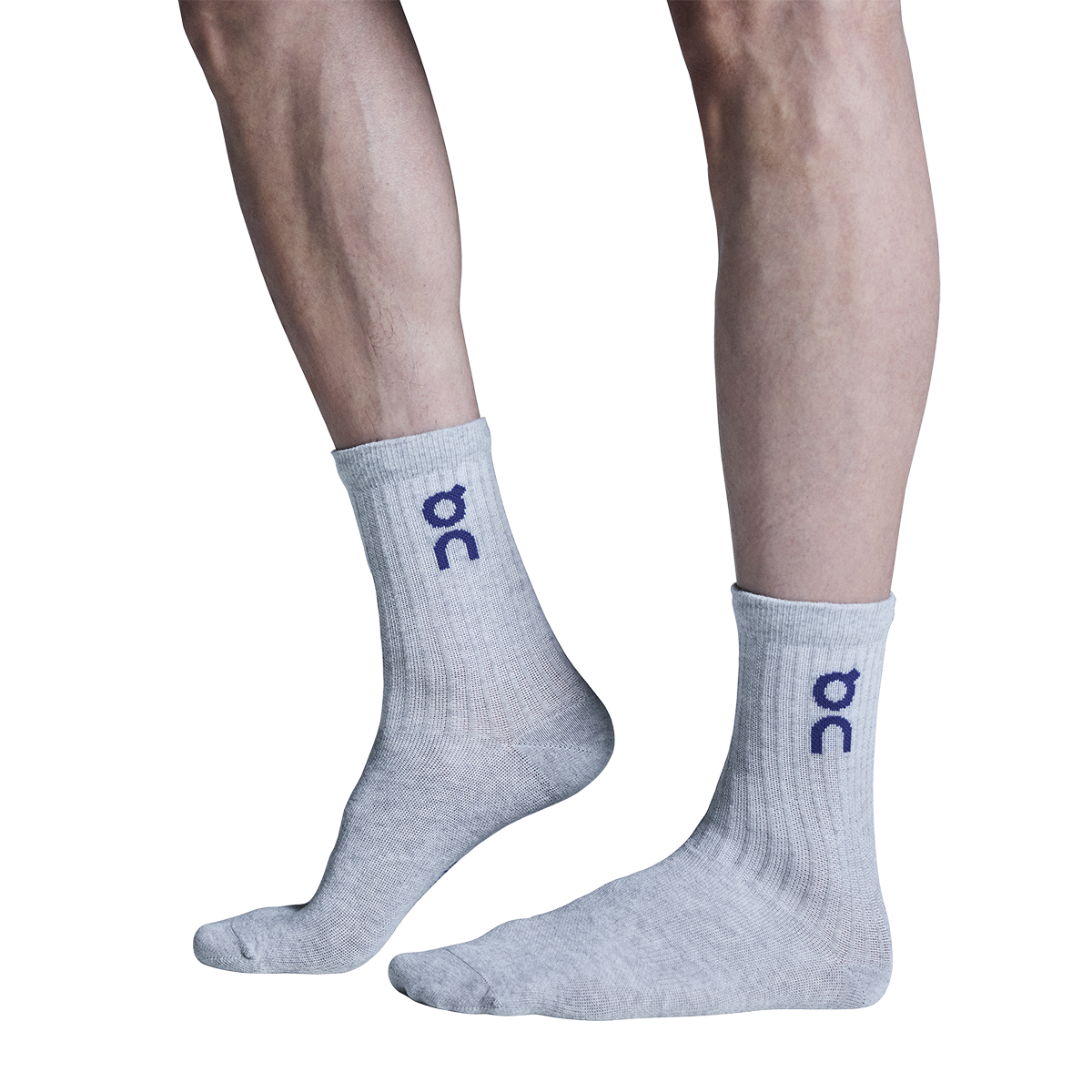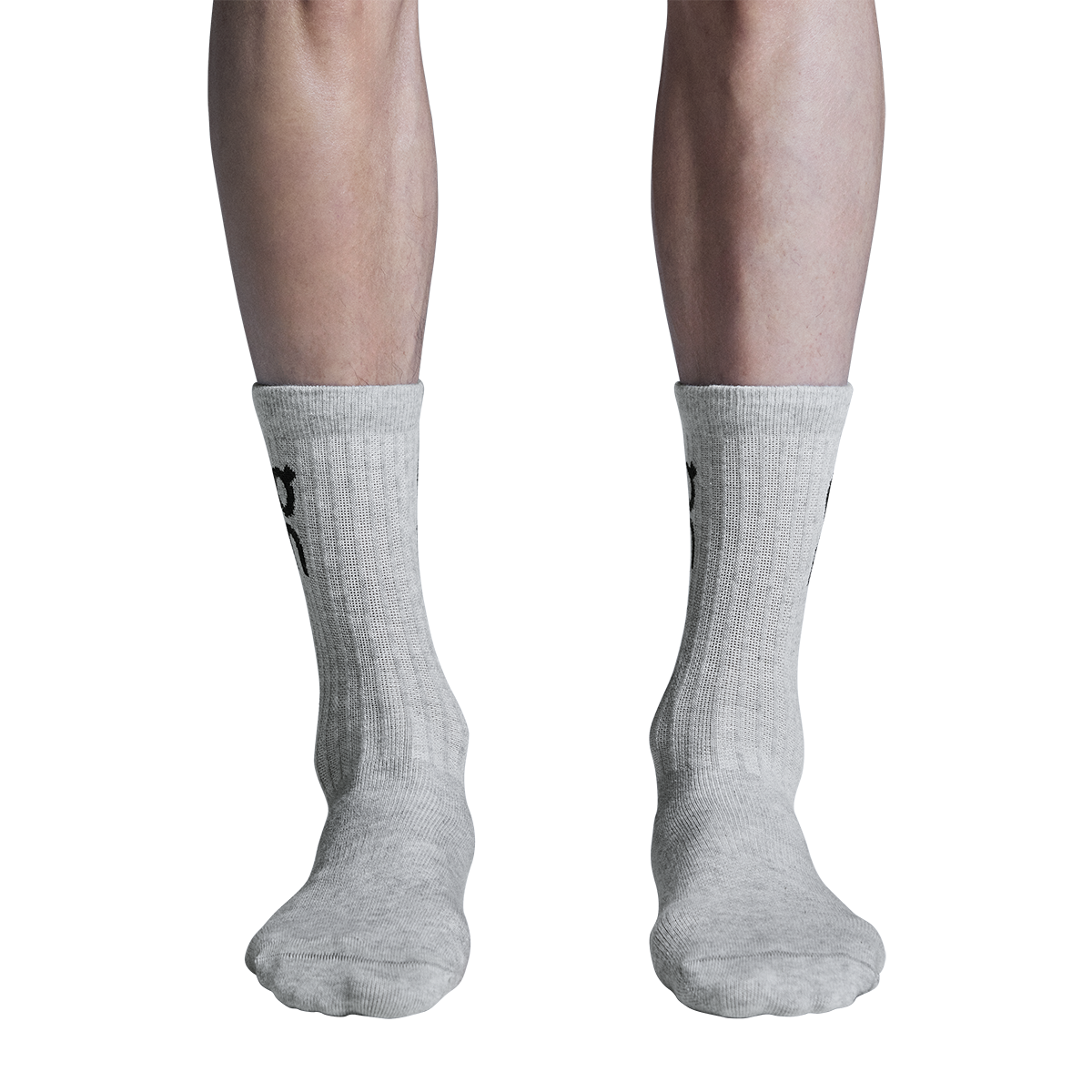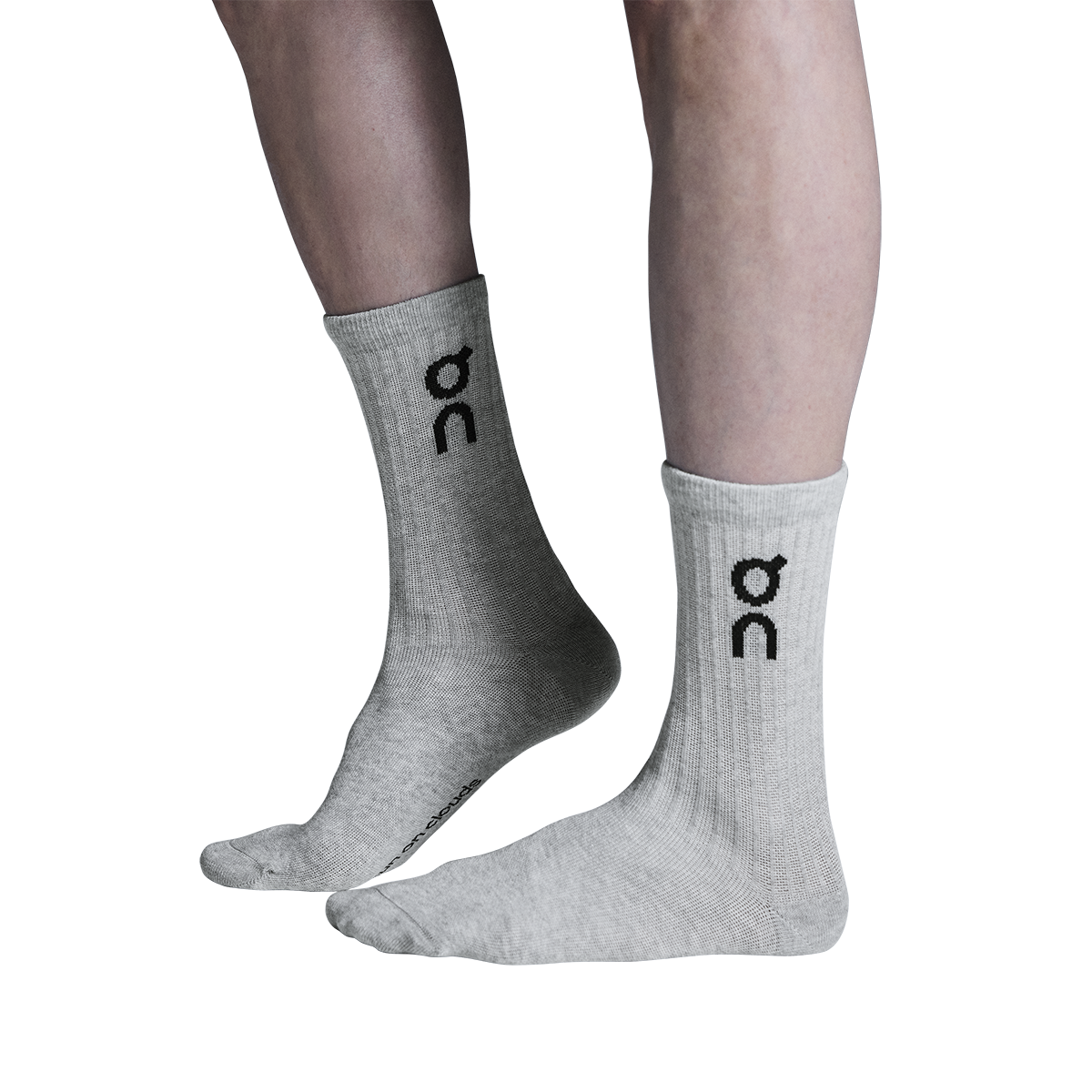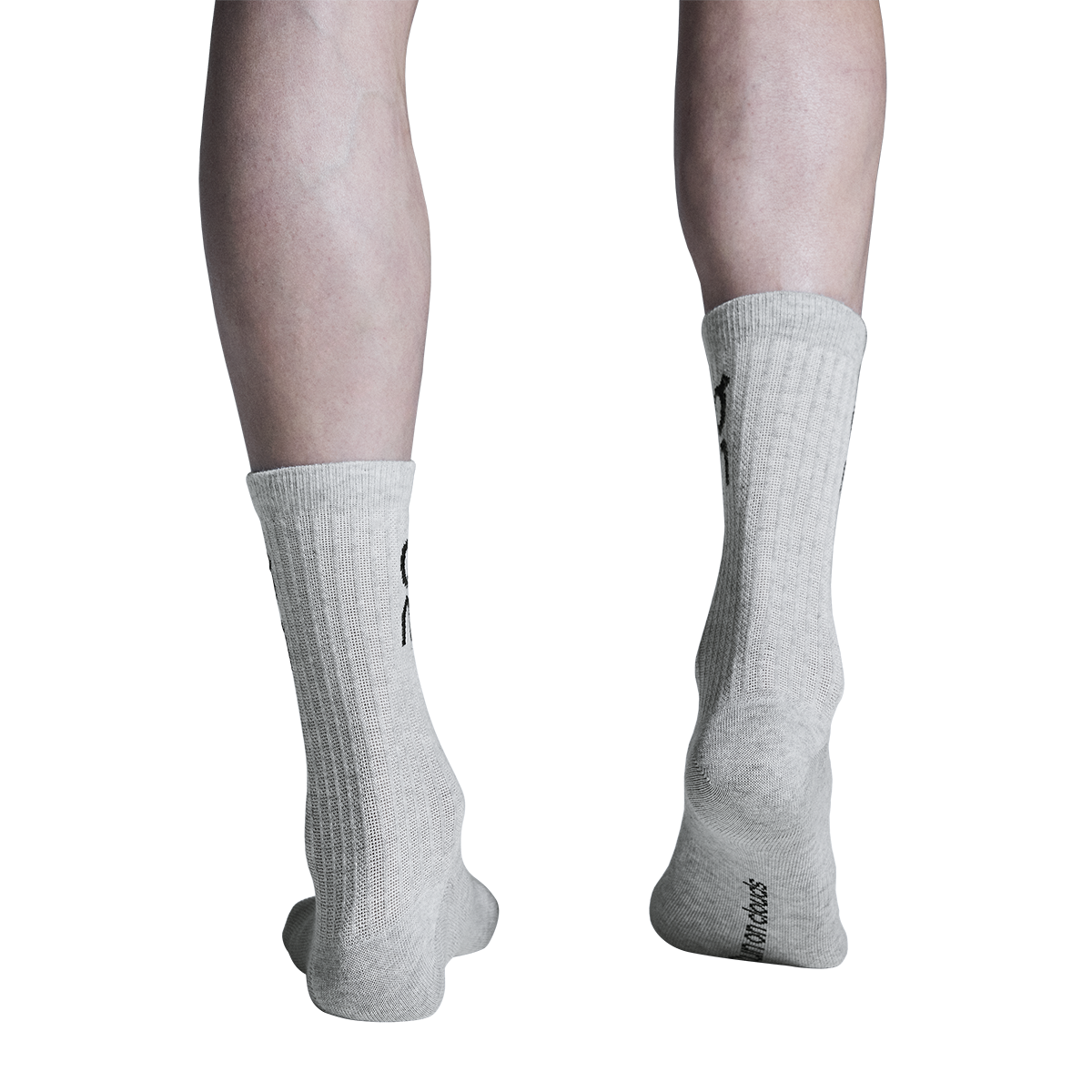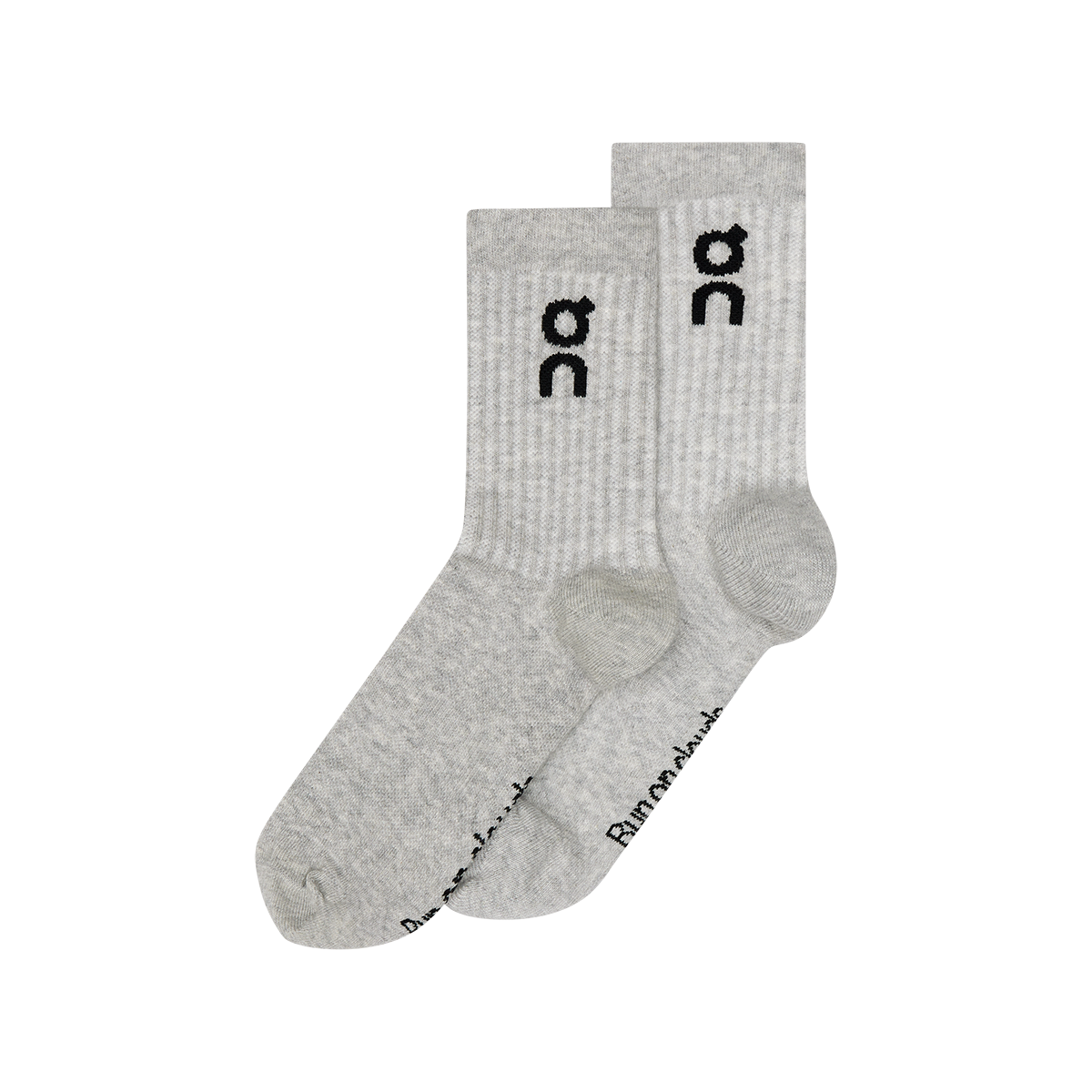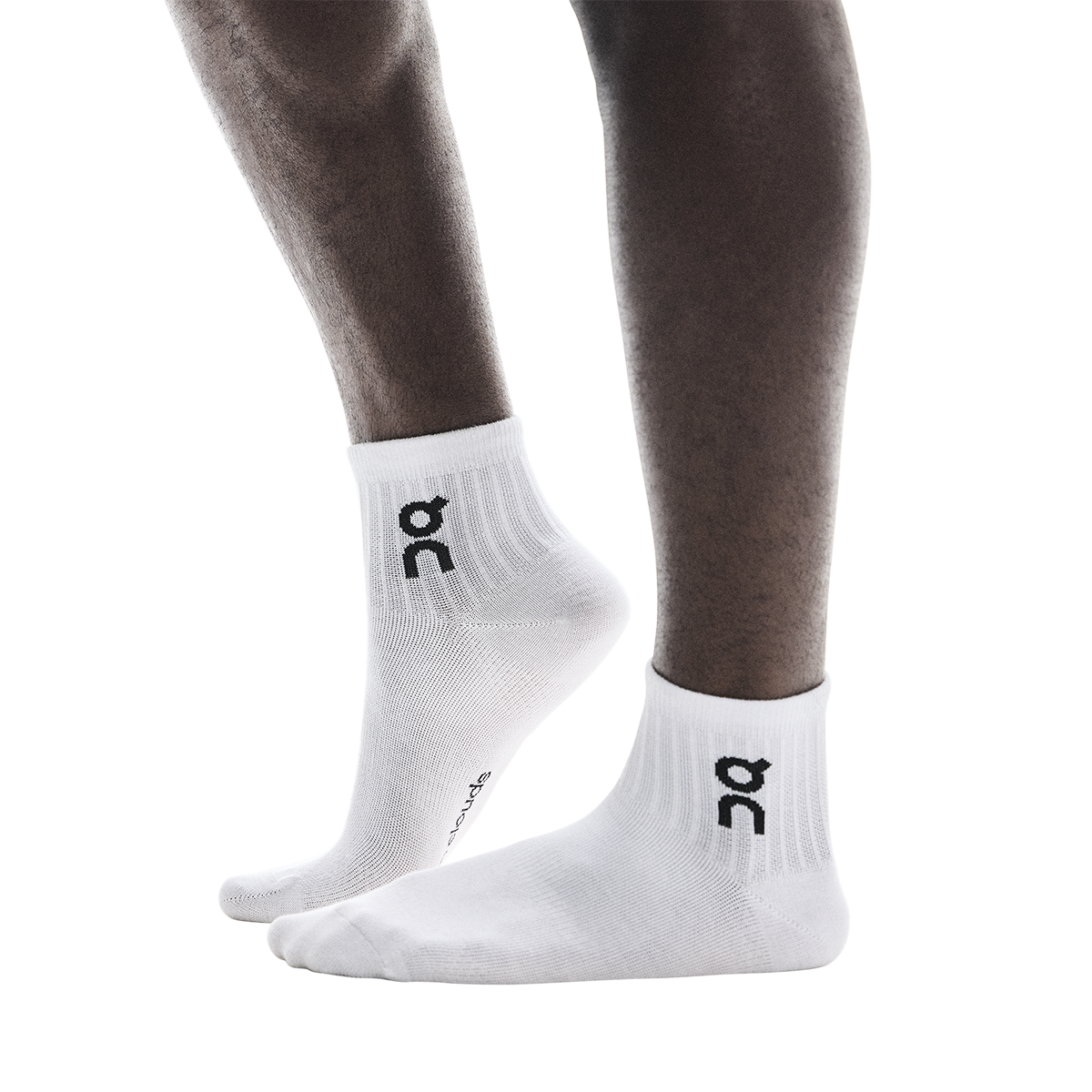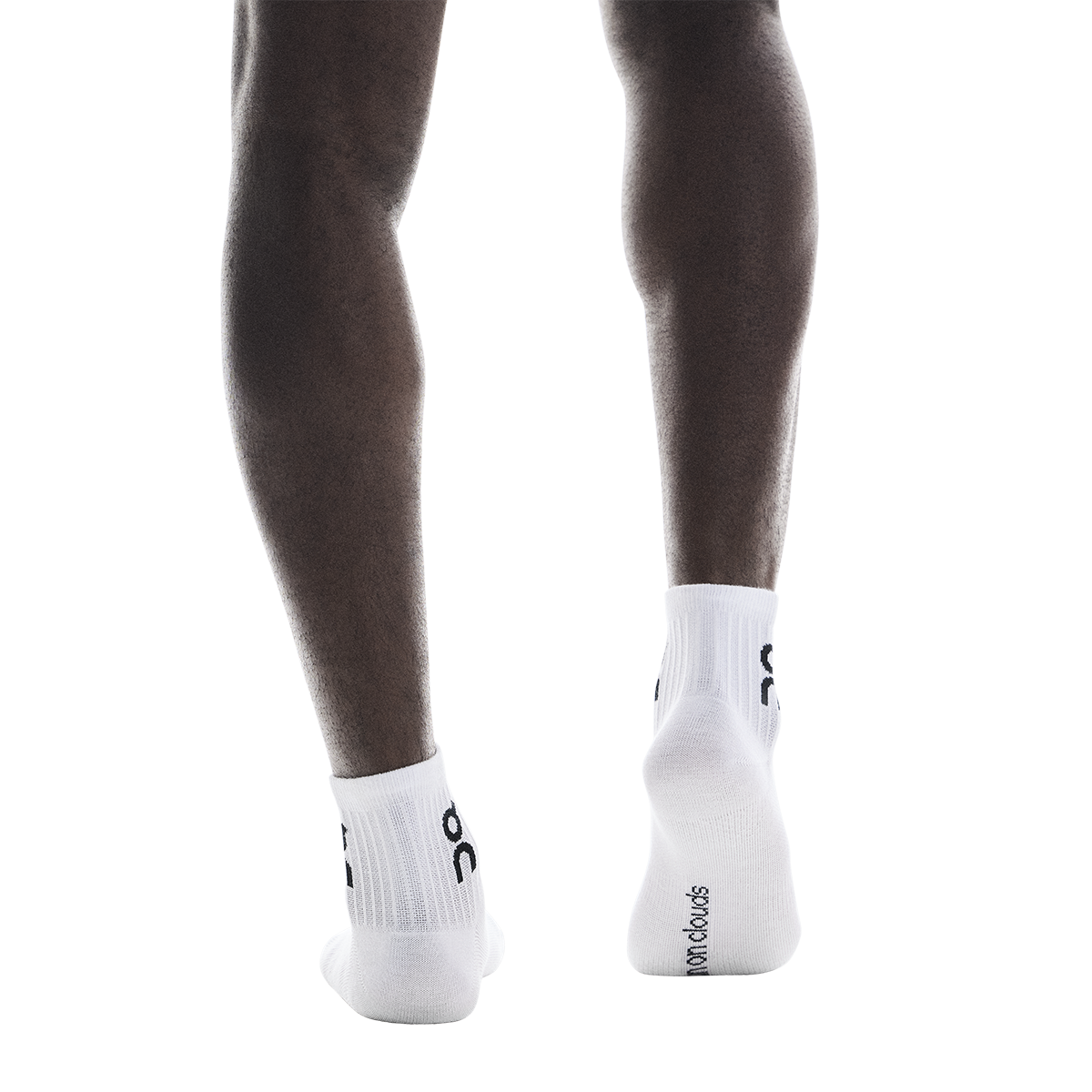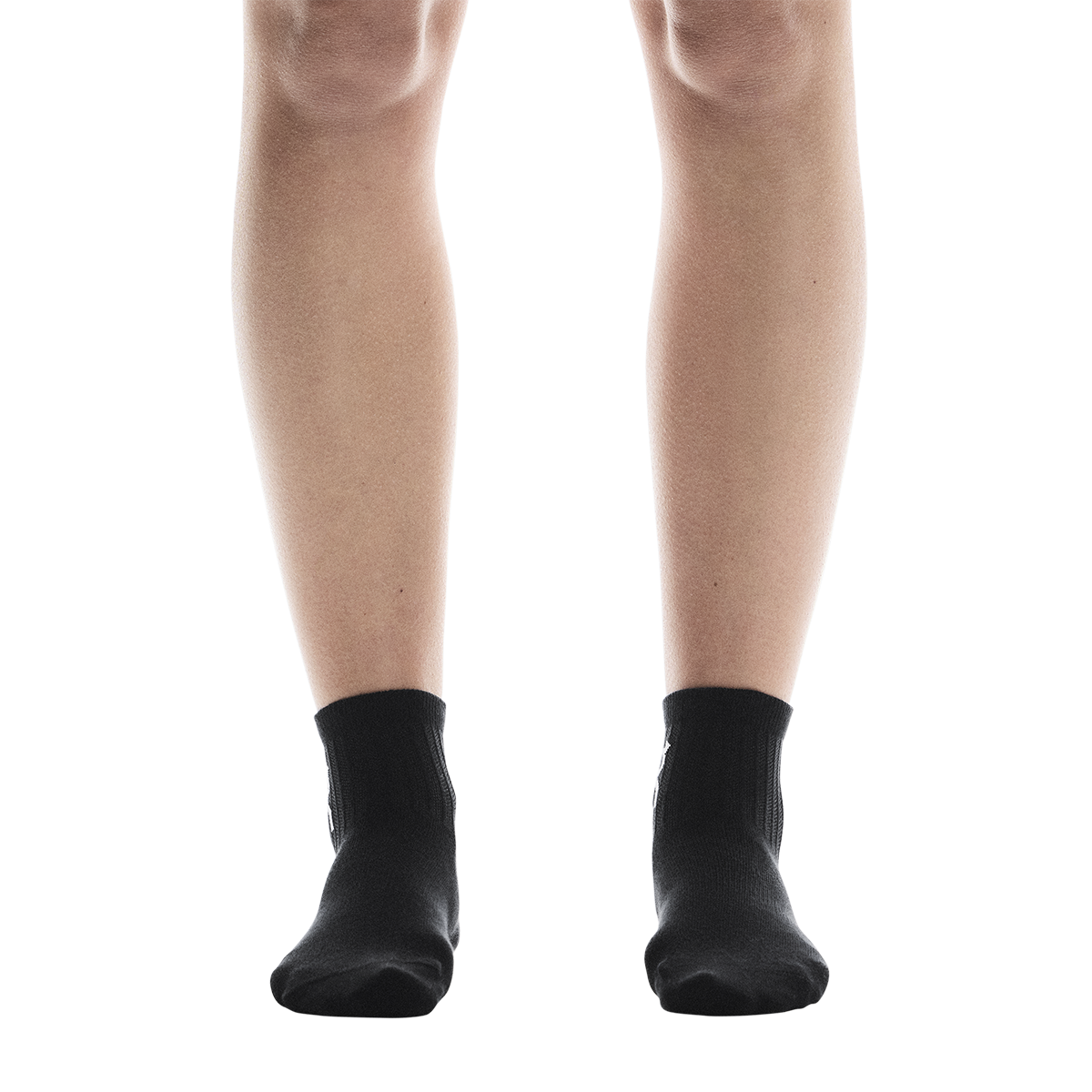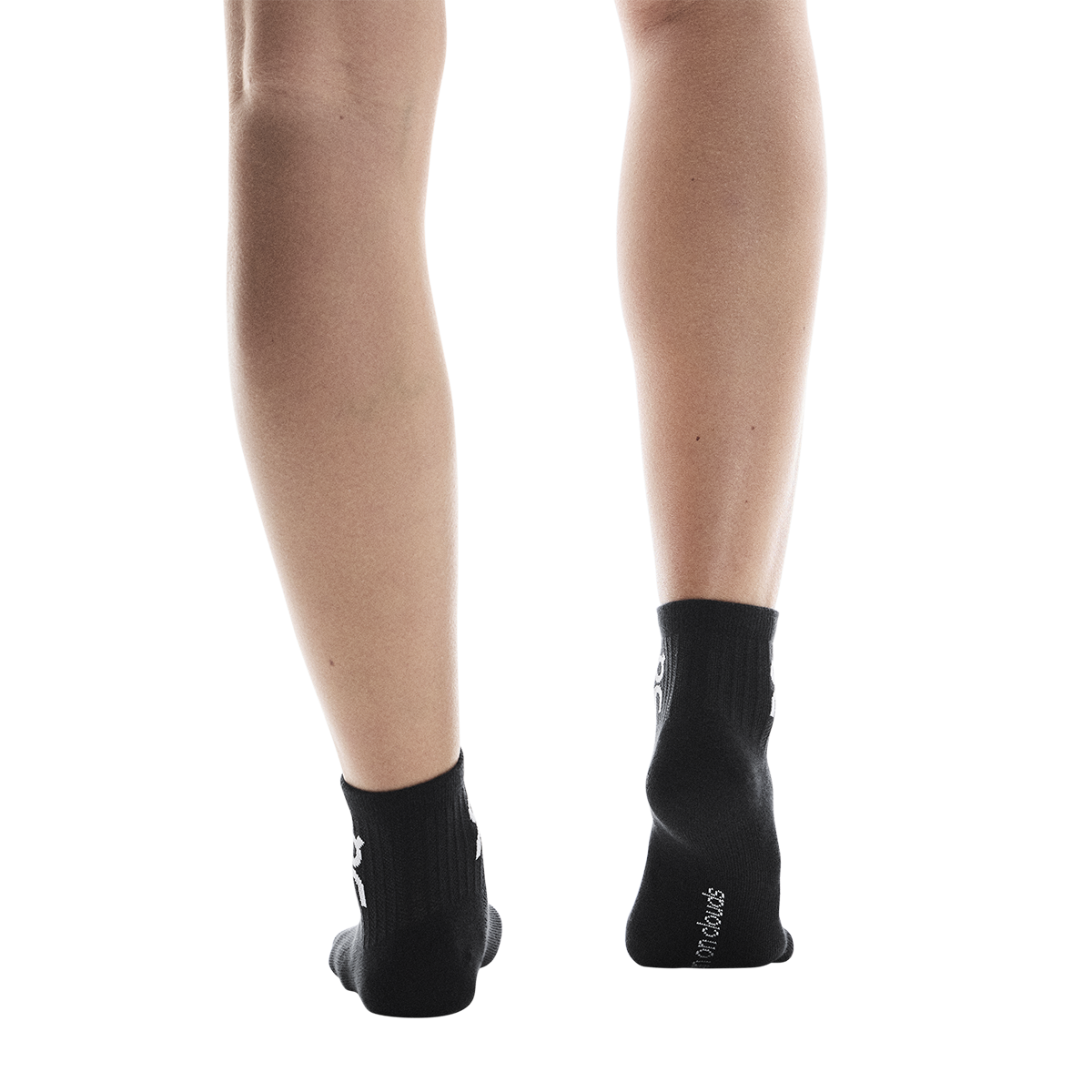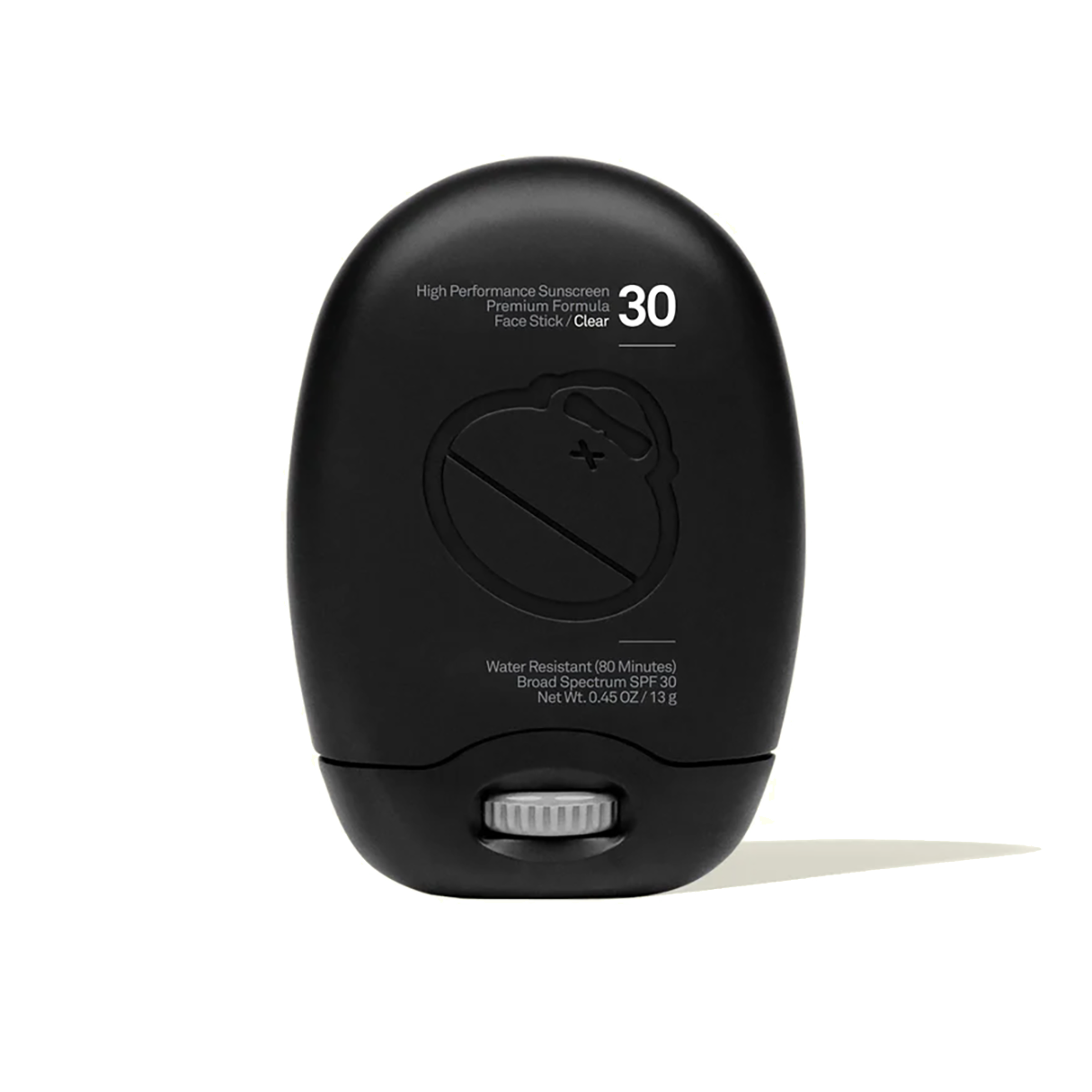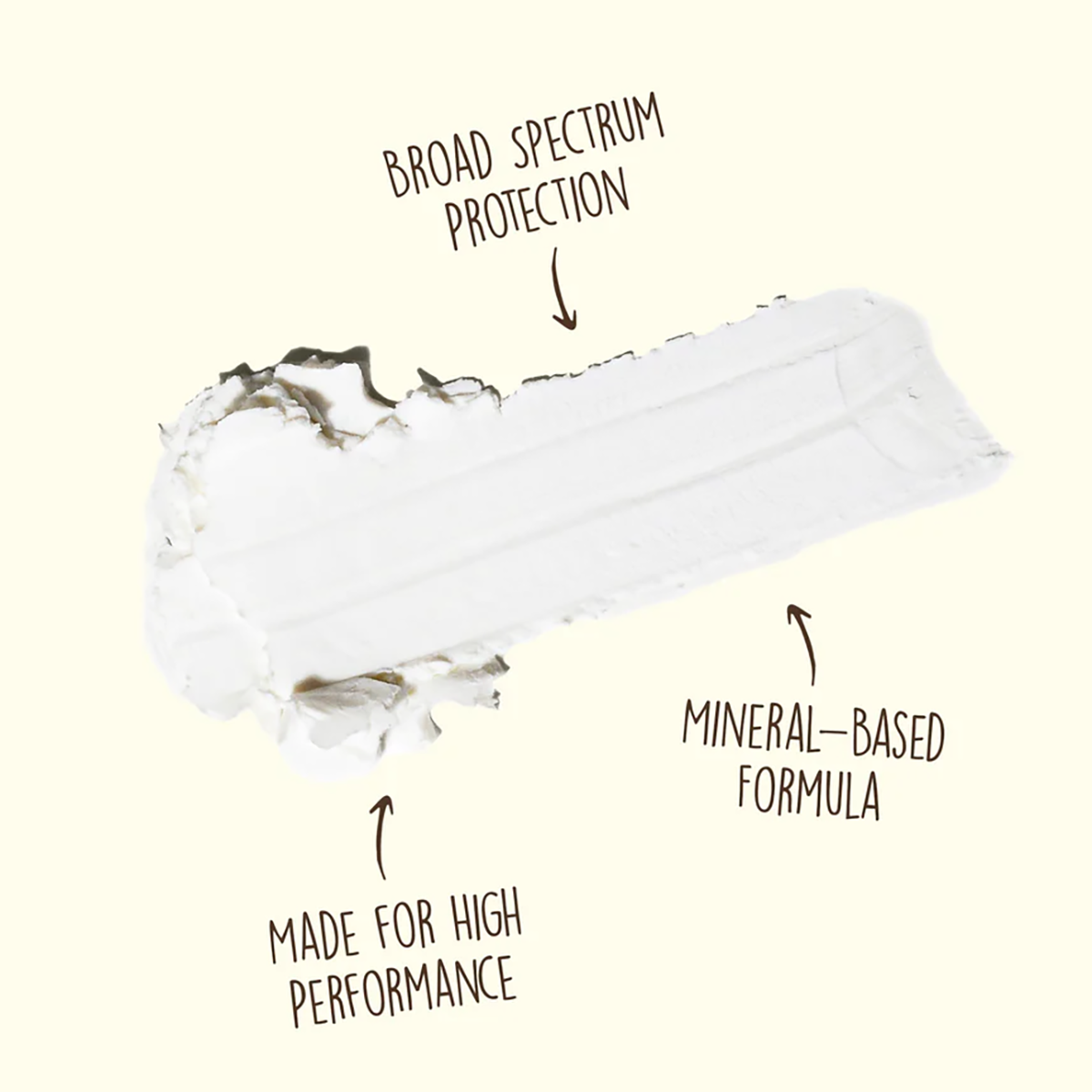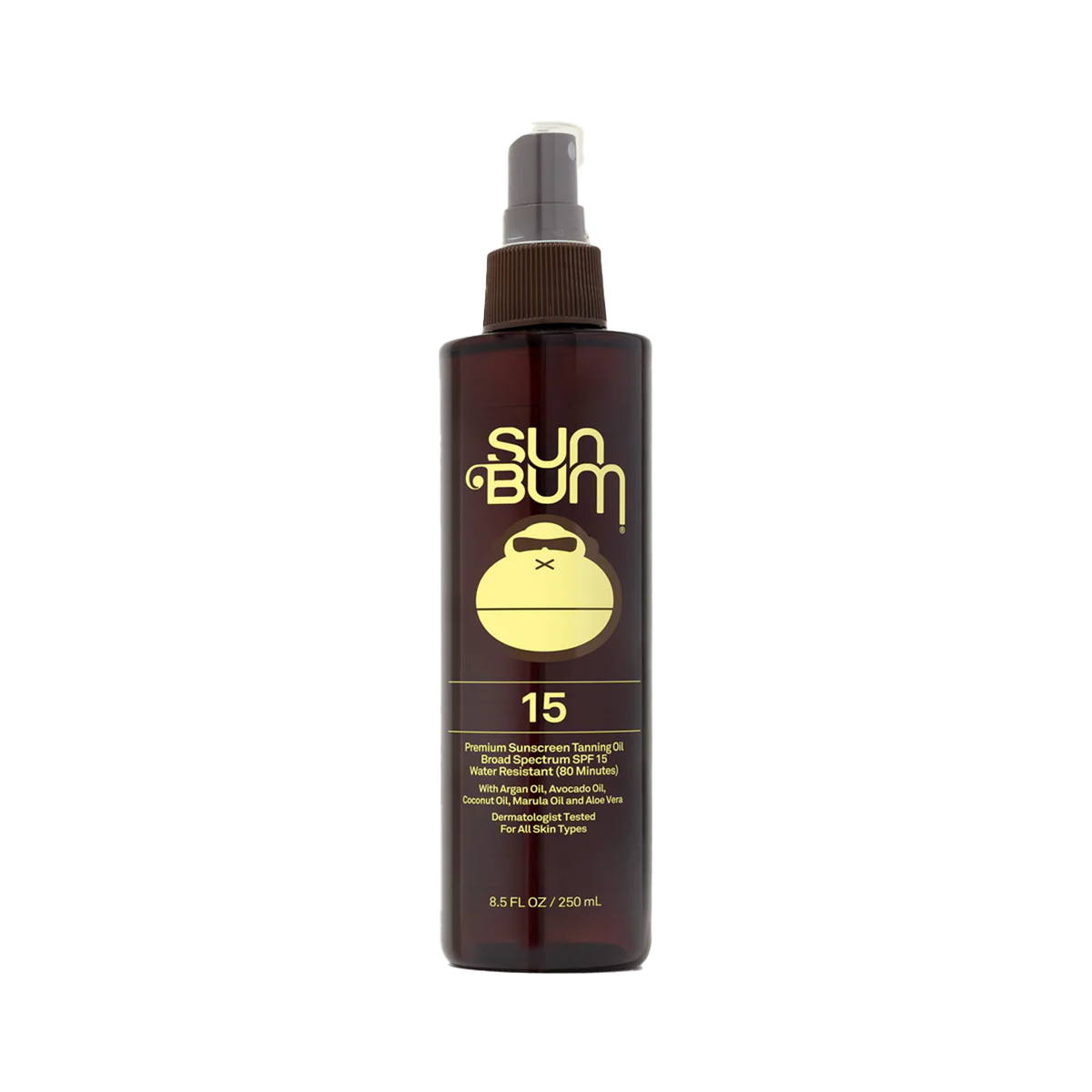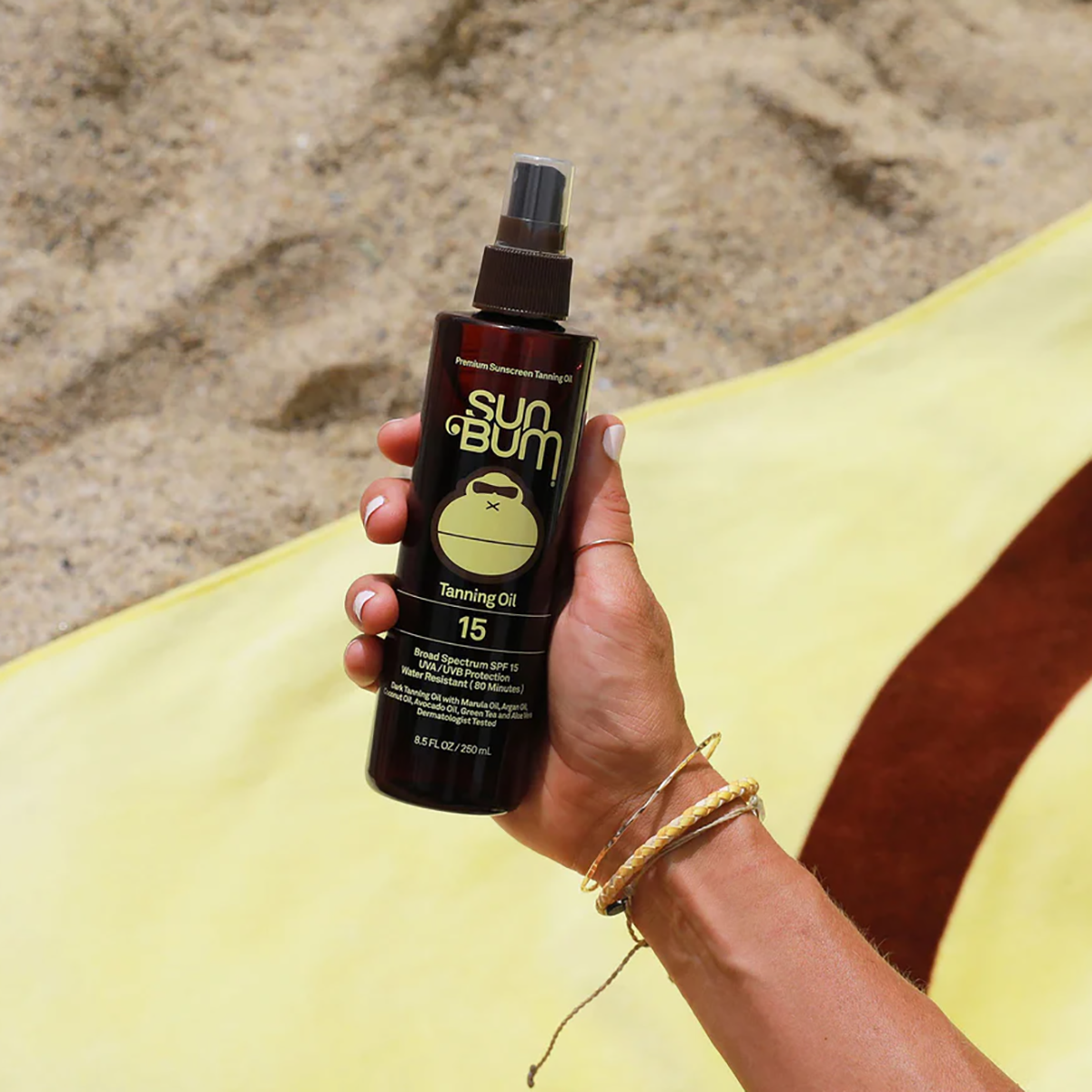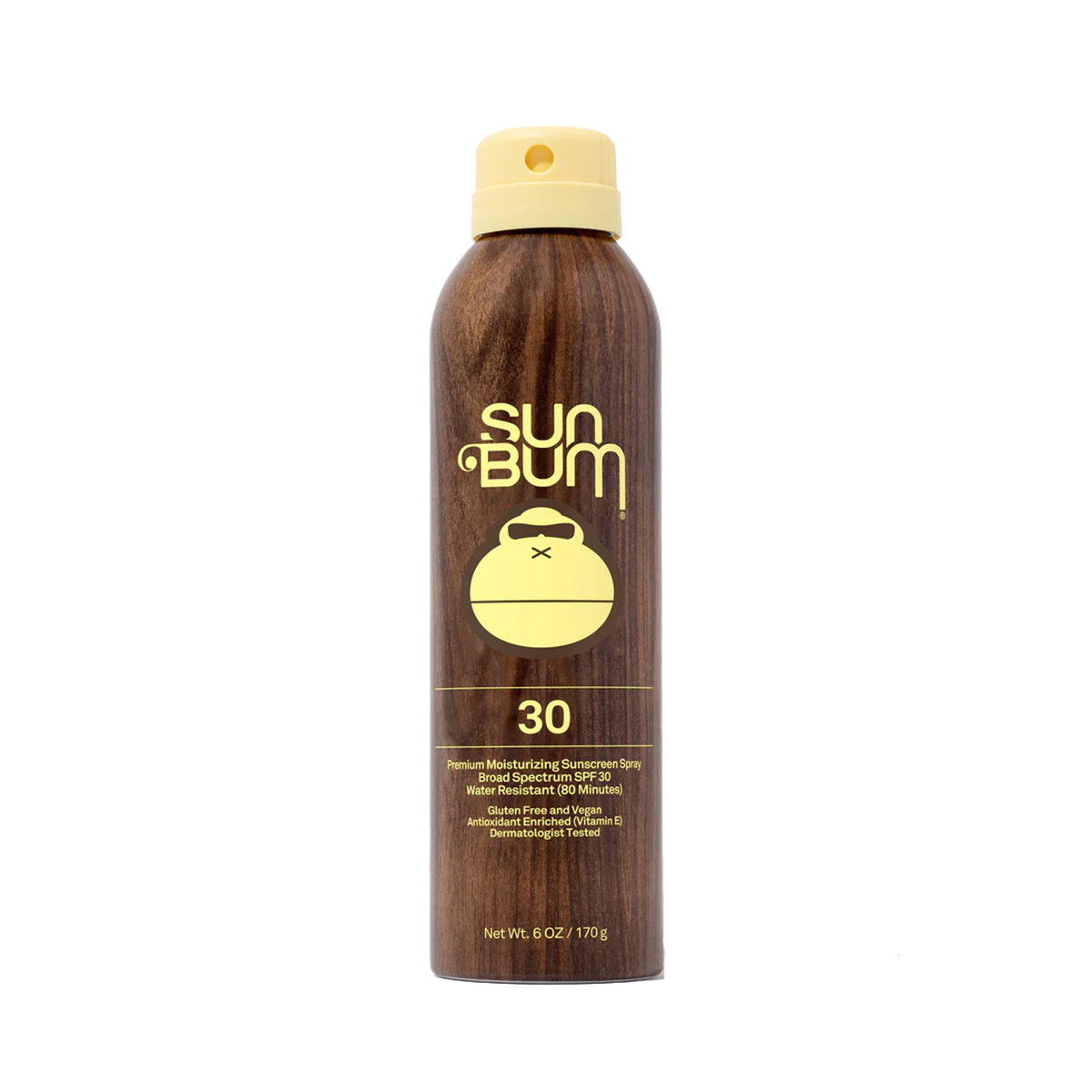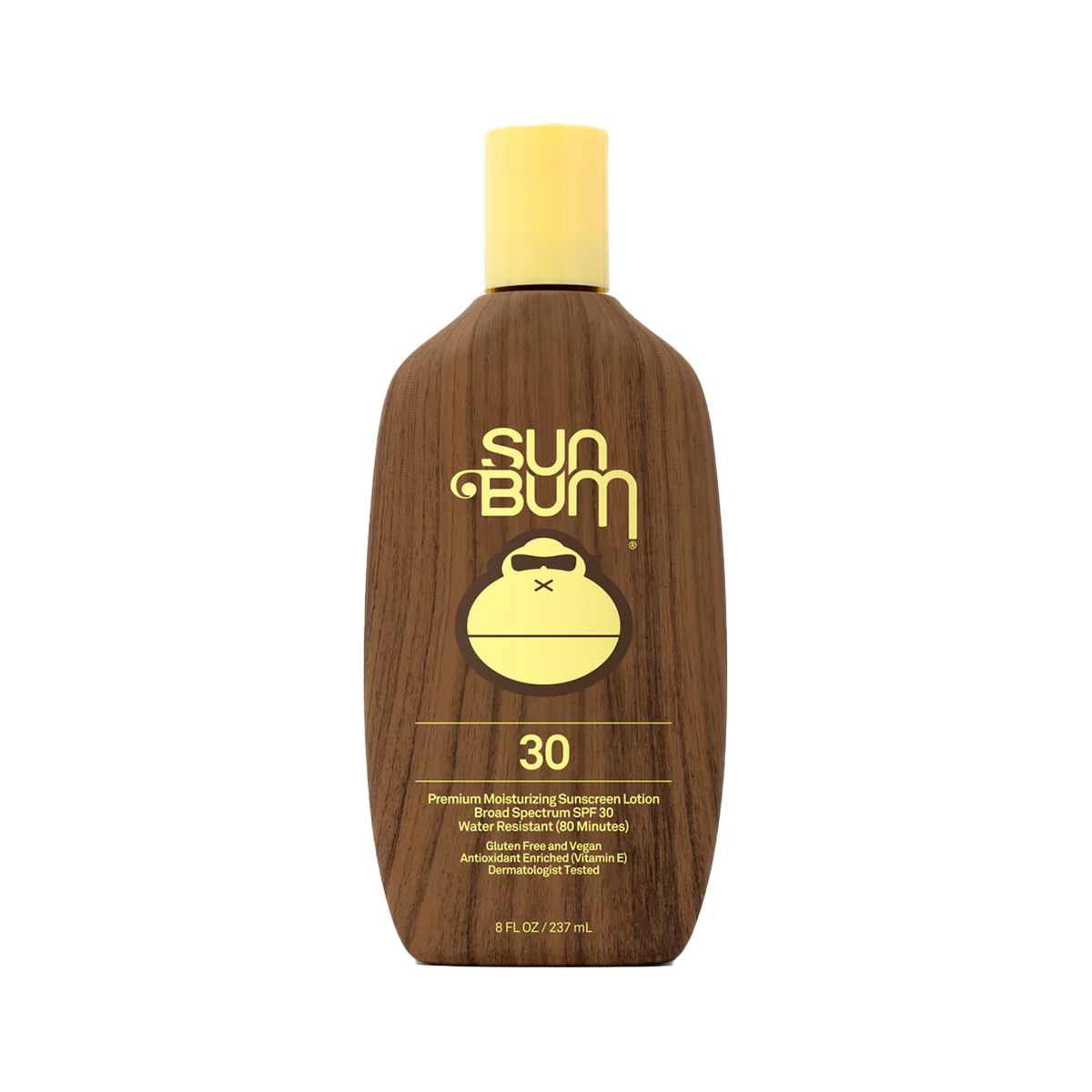A proper warm-up can make or break your performance on a run. Understanding the power of a proper warm-up has the potential to significantly enhance your running experience. Warming up is more than just a preliminary ritual; it’s a crucial component that primes your body for the effort ahead, ensuring both performance and protection are optimized. Cardio warm-ups, stretching, and mobility exercises enable you to properly prepare for your run and enhance your performance universally.
WHY WARM UP?

Warming up prepares your cardiovascular system for physical activity by gradually increasing your heart rate and circulation. It loosens the joints and increases blood flow to the muscles, preventing injuries and improving performance. Especially for running, where the demand on your cardiovascular system and muscles is elevated, skipping a warm-up can lead to strains, sprains, or more severe injuries. Be sure to warm up to prevent the potential for injury and to prepare your body for a successful, more effortless run.
THE COMPONENTS OF AN EFFECTIVE RUNNING WARM-UP
CARDIO WARM-UPS

Cardio warm-ups increase your heart rate and blood flow, warming up your body’s core temperature. Examples include:
- Light jogging: A gentle jog for 5-10 minutes can effectively raise your heart rate and prepare your body for more intensive running.
- Skipping or jumping jacks: These exercises increase your heart rate while engaging multiple muscle groups, offering a full-body cardio warm-up.
GENERAL WARM-UPS

General warm-ups focus on large muscle groups that will be engaged during your run. Key exercises include:
- Dynamic stretches: Unlike static stretching, dynamic stretches involve movement and are more beneficial before a run. Examples include leg swings, arm circles, and lunges.
- Running drills: Exercises like high knees, butt kicks, and side shuffles enhance coordination and activate the relevant muscle groups for running.
MOBILITY EXERCISES

Mobility exercises improve the range of motion in joints and muscles, crucial for runners to maintain form and prevent injuries. Incorporate these into your warm-up routine:
- Hip circles and openers: These exercises target hip mobility, essential for a strong, injury-free run.
- Ankle rolls: Ankle mobility exercises prevent sprains and improve balance.
- Shoulder rolls: While running is a leg-dominant activity, loosening the shoulders increases overall body comfort and efficiency.
- Cat-cow: A mobility exercise that’s beneficial for your spine, cat-cow is an exercise often implemented in the practice of yoga, enabling you loosen your back muscles.
PRACTICAL TIPS FOR A SUCCESSFUL WARM-UP
- Time it right: Your warm-up should last between 5 to 15 minutes, ensuring you’re prepared but not exhausted.
- Tailor your warm-up: Adjust your warm-up intensity and duration based on your running distance and intensity. A longer, more relaxed run might require a shorter warm-up, while sprint or interval training demands a more thorough routine.
- Listen to your body: Warm-ups are also a time to check in with your body. Pay attention to any stiffness or discomfort, which may indicate the need for extra focus on a particular area.
GET WARMED UP

A proper warm-up routine is the cornerstone of a successful and enjoyable running experience. By incorporating cardio warm-ups, general warm-ups, and mobility work into your pre-run routine, you not only safeguard against injuries but also set the stage for optimal performance. Remember, a good warm-up translates to a great run. Happy running!


















